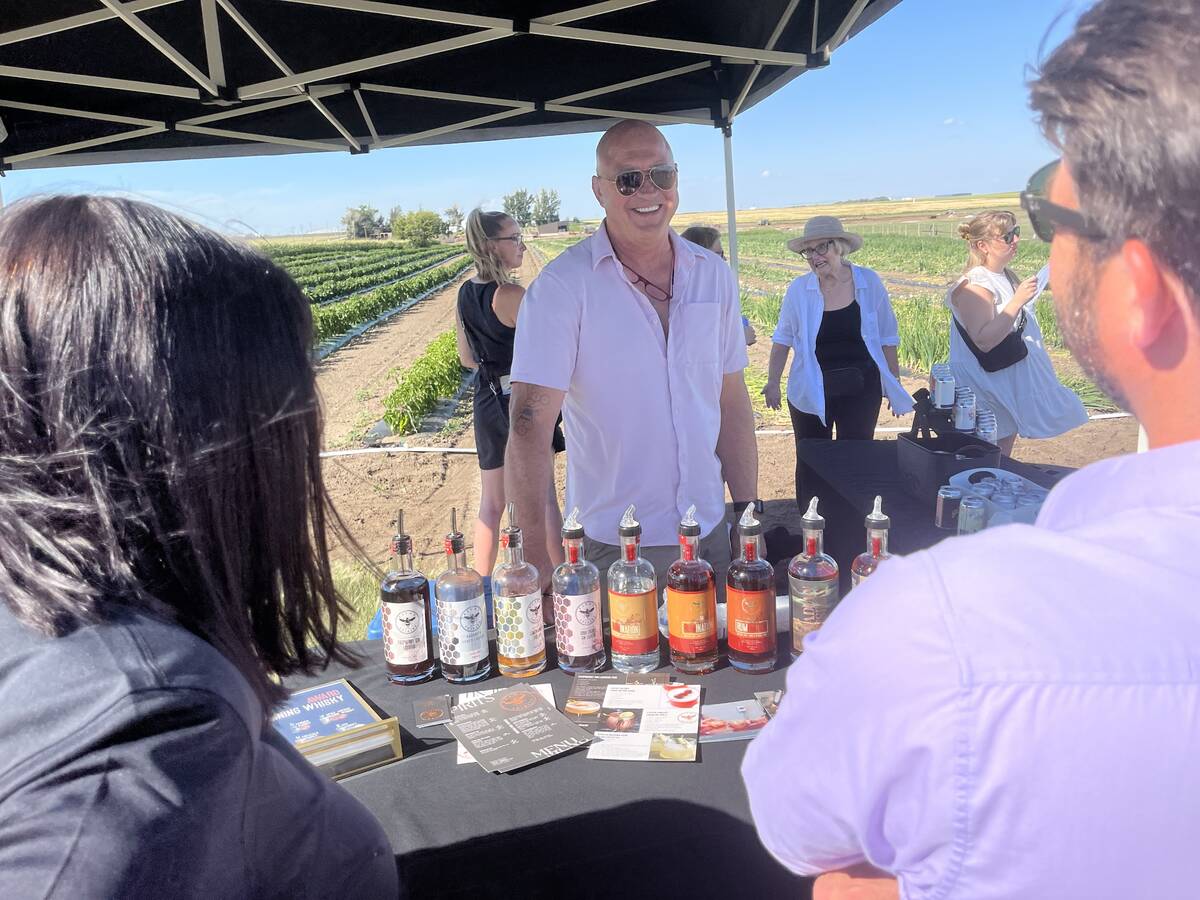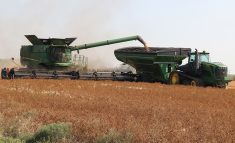CRAIK, Sask. – The Agriculture in the Classroom (Sask.) Inc. program is going through a transition, says the president of its board of directors.
Grain and pulse farmer Karen Thogersen of Hanley, Sask., was voted president last month following the departure of longtime president John Serhienko and two other directors who had been on the board since shortly after the program was founded 12 years ago.
As well, Ag in the Classroom recently hired its third executive director in three years. Sara Shymko came on board two months ago as a full-time employee. Previously, the executive director position was part time while the office manager was full time. The staffing has now been reversed.
Read Also

From farmer to award-winning distiller
Pivot Spirits showcases transition from farmer to distiller with provincial award-winning results in Alberta for Lars Hirch
“I’m excited to be part of this organization to work with the children so they become an informed group and know where their food comes from,” Shymko told the group’s annual meeting held in Craik on April 25.
She said Ag in the Classroom needs to connect more with teachers to ensure they are using the educational resources produced by the program.
One of those resources – regularly organized tours of agricultural industries and geographic districts during the summer – is currently under evaluation.
These road shows take about 20 teachers to a specific area and introduce them to farming activities. Later, the teachers write lesson notes that can be used as classroom resources for other teachers as a way to introduce agriculture to their students.
The tours have been held in the grasslands area of southern Saskatchewan for the past two summers.
Another priority for Ag in the Classroom is gaining more sponsors. The group relies on funding help for its operations and programs and sponsors include Saskatchewan Agriculture, Agricore United, Saskatchewan Wheat Pool, Monsanto and the Canadian Wheat Board.
Other support comes from producer groups that send directors to sit on the board. Thogersen said even potential market rivals realize it is better to get their message to young people than to have no access to classrooms. As a result, Ag in the Classroom tells children about butter produced by dairy farmers and margarine produced by canola farmers.
Thogersen said the program needs to equally emphasize sponsorships and students because “one without the other doesn’t work. We need more moral support and word-of-mouth support.”
Teachers, rather than farmers, will continue to be Ag in the Classroom’s messengers in the classroom, she said. While urban students may seem like the obvious targets, she said rural schools also need help because most teachers are now a second generation removed from the farm.
In its financial report, Ag in the Classroom reported total revenue of $205,646 last year, but had to use $36,837 from its investments to cover an operating deficit.
To help save other costs and increase donations, the program switched its status in 2004 from a nonprofit organization to a charitable group.
One of the largest expenses in 2005 was $41,778 for a feasibility study that looked at forming a national agriculture in the classroom group. Thogersen said the study resulted in more dialogue between the provinces, but revealed they weren’t ready for a national organization. A national conference on agricultural awareness will be held in 2007 in London, Ont.














